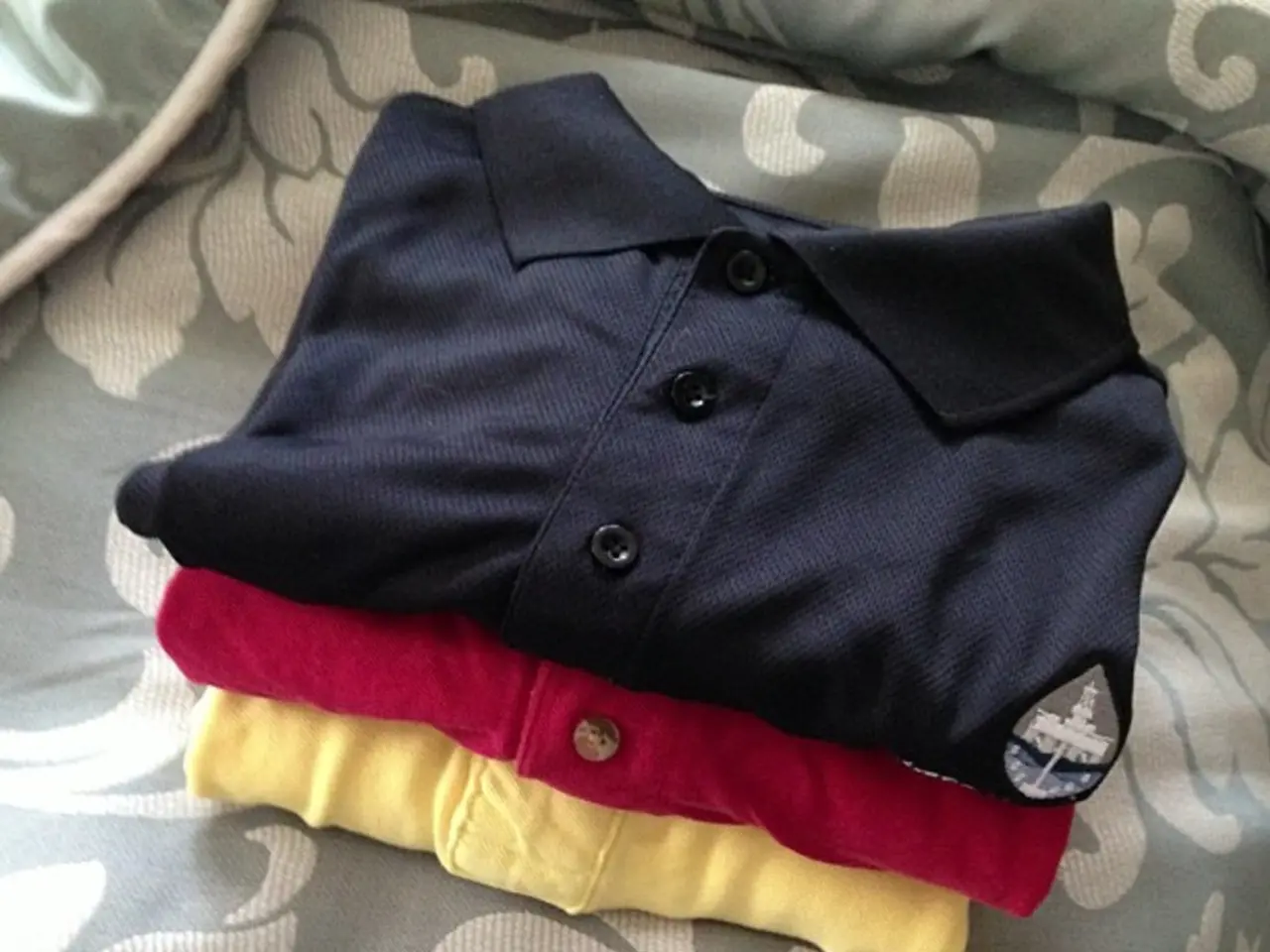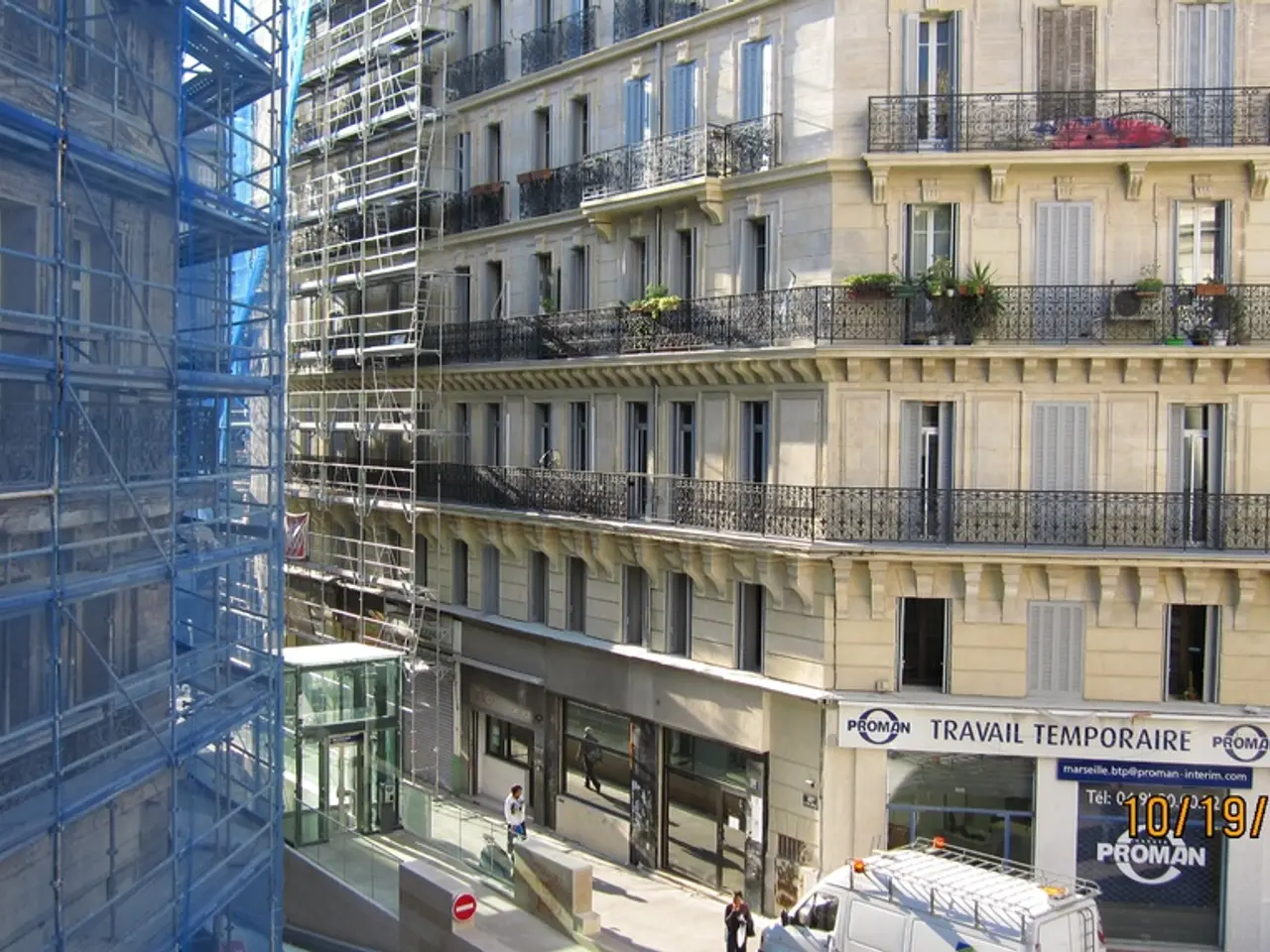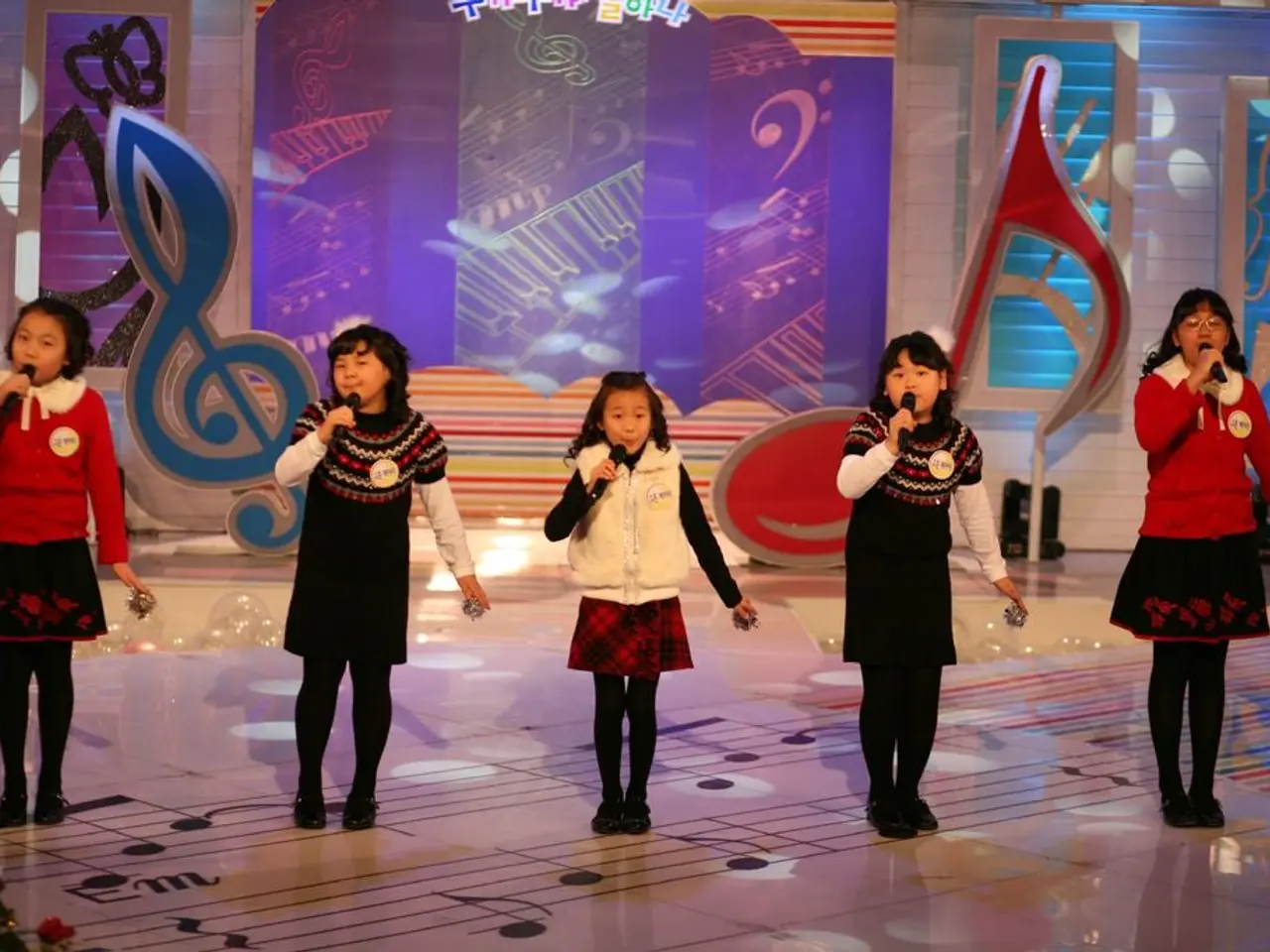DTG (Direct-to-Garment) printing stands out as the optimal choice for garment embellishment due to its efficiency and versatility.
Direct-to-Garment (DTG) printing is revolutionizing the garment production industry, offering several advantages over traditional methods like screen printing and sublimation.
High Detail and Color Range
One of the standout features of DTG printing is its ability to reproduce intricate designs, gradients, and full-color spectrum prints with no limits on the number of colors. This is a significant advantage over screen printing, which struggles with complex color blends and gradients.
Soft Hand Feel
DTG prints feel soft and do not alter the fabric texture significantly. This is because DTG injects ink directly into the fabric fibers instead of layering on top, resulting in a more natural feel.
Easier Setup and Lower Minimum Runs
DTG requires fewer setup steps and no screens, making it cost-effective and faster for small batch or one-off custom orders. Screen printing, on the other hand, involves complex and costly screen preparation which suits large runs better.
Ideal for Complex and Personalized Designs
The ability to print variable data and highly detailed artwork makes DTG ideal for on-demand personalized products. This flexibility is a significant advantage, especially for small businesses focusing on niche designs that might appeal to small groups.
Works Well on Cotton Garments
DTG works best on cotton fabrics and can print a wide variety of designs directly. This is a significant advantage over sublimation, which requires polyester or coated fabric.
Comparing DTG, Screen Printing, and Sublimation
| Aspect | DTG Printing | Screen Printing | Sublimation | |------------------------|--------------------------------------------------------|------------------------------------------------------|-----------------------------------------------------| | Color complexity | Unlimited colors and gradients; detailed prints[2] | Limited by number of screens; best for few colors[5] | Full color but mainly for polyester or coated fabrics | | Setup & run size | Easy setup; cost-effective for small runs[2] | Costly setup; best for large runs[5] | Best for polyester fabrics; not suitable for cotton | | Fabric compatibility | Works best on cotton and blends[2] | Works on various fabrics; best on cotton/poly blends[5] | Requires polyester or coated fabric | | Print feel | Soft, ink absorbed into fabric fibers[2] | Ink layers on fabric; can feel heavier[5] | Ink sublimates into fabric; soft feel, but fabric limited[5] | | Customization | Easy for one-offs and personalization[2] | Less flexible for personalization; screens required | Limited customization; suited for all-over prints | | Durability | Good, but may require pre-treatment; moderate wash resistance[2] | Very durable and long-lasting prints[5] | Very durable on polyester fabrics |
A Practical Investment for Start-ups
A garment printer like Epson's SureColor F2100 is a great investment for start-ups looking to make garments, as it offers efficient and high-quality printing. With DTG, start-ups can transfer photos, create clean lines on uncommon fonts, and develop new and interesting patterns on garments, all without any special equipment.
Environmental Considerations
DTG printing is an eco-friendly solution, as it involves minimal waste and only requires a printer and ink. This aligns with a social conscience, providing an attractive option for businesses and consumers who value sustainability.
Opportunities for Small Businesses
Starting your own business, particularly in garment sales, can offer opportunities for self-employment, creative expression, and financial gain. Using DTG printing can help small businesses establish a reputation for speed and efficiency, stand out in a competitive market by producing eye-catching and pleasing designs with pinpoint detail, and ensure the quality and looks of the prints last longer due to the resistant DTG ink.
In conclusion, DTG printing is especially advantageous for small businesses focusing on small runs, vibrant and detailed full-color designs, and easy customization. Screen printing is better suited for large runs with simpler color palettes, and sublimation is limited mainly to polyester fabrics but enables durable, all-over prints.
- With its ability to handle intricate designs, gradients, and full-color spectrum prints, DTG printing can be a boon for businesses specializing in lifestyle and technology products, offering a more vibrant and detailed alternative to screen printing.
- For education-and-self-development ventures focused on technology or design, DTG printers like the Epson SureColor F2100 can provide an efficient means for creating and producing high-quality designs, fostering creativity and entrepreneurial endeavors.
- As a cost-effective and faster option for small batch or one-off custom orders, DTG printing can cater to start-ups or small businesses in the business sector, ensuring a quality product without incurring high costs associated with screen printing.
- A sustainable and eco-friendly solution, DTG printing could help businesses in the finance sector demonstrate their commitment to environmental concerns, offering an attractive option to customers who prioritize sustainability.




